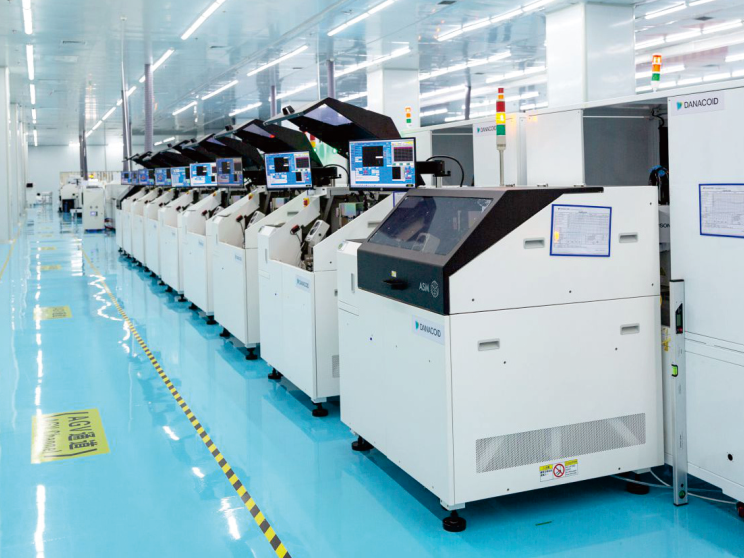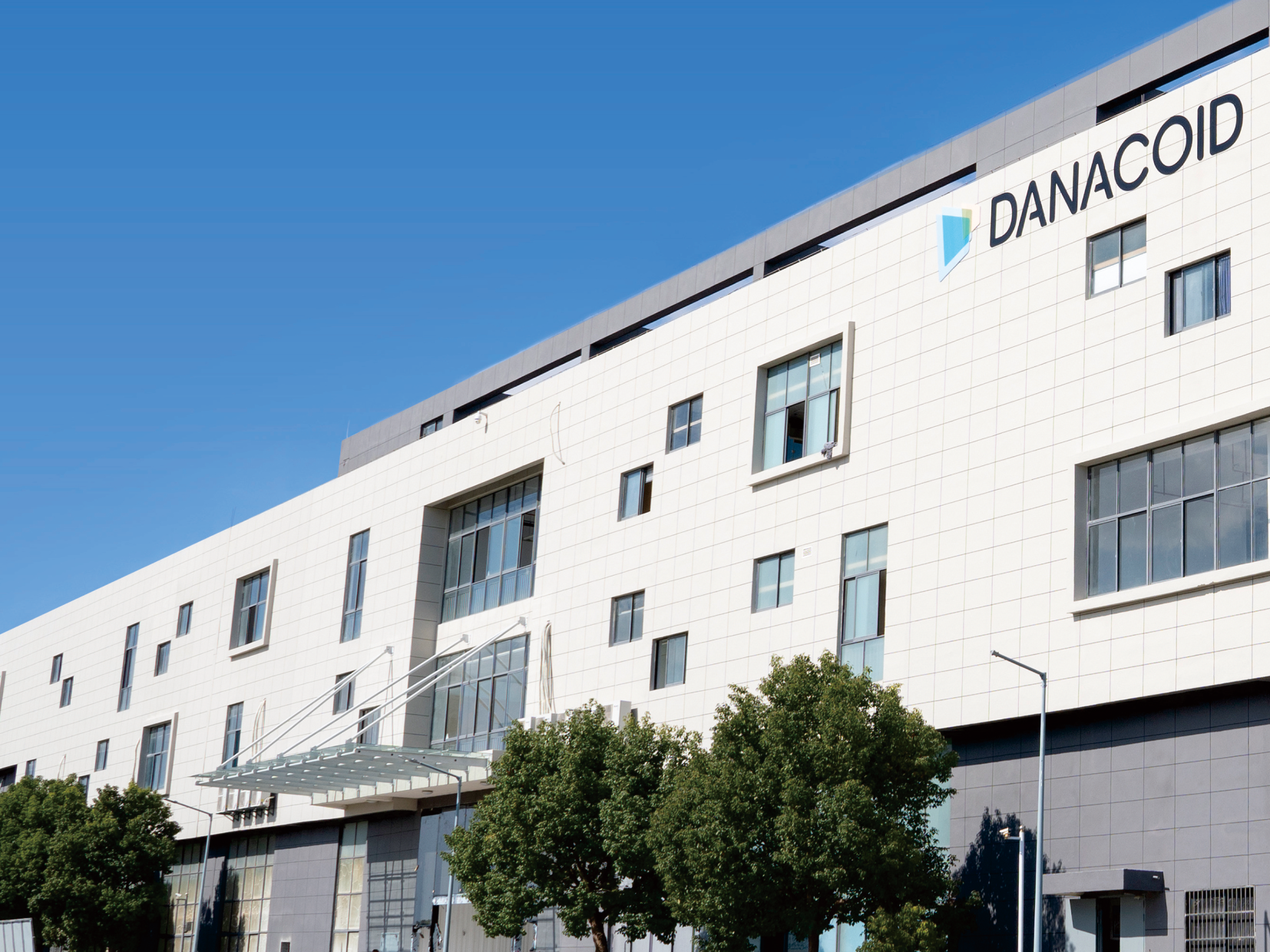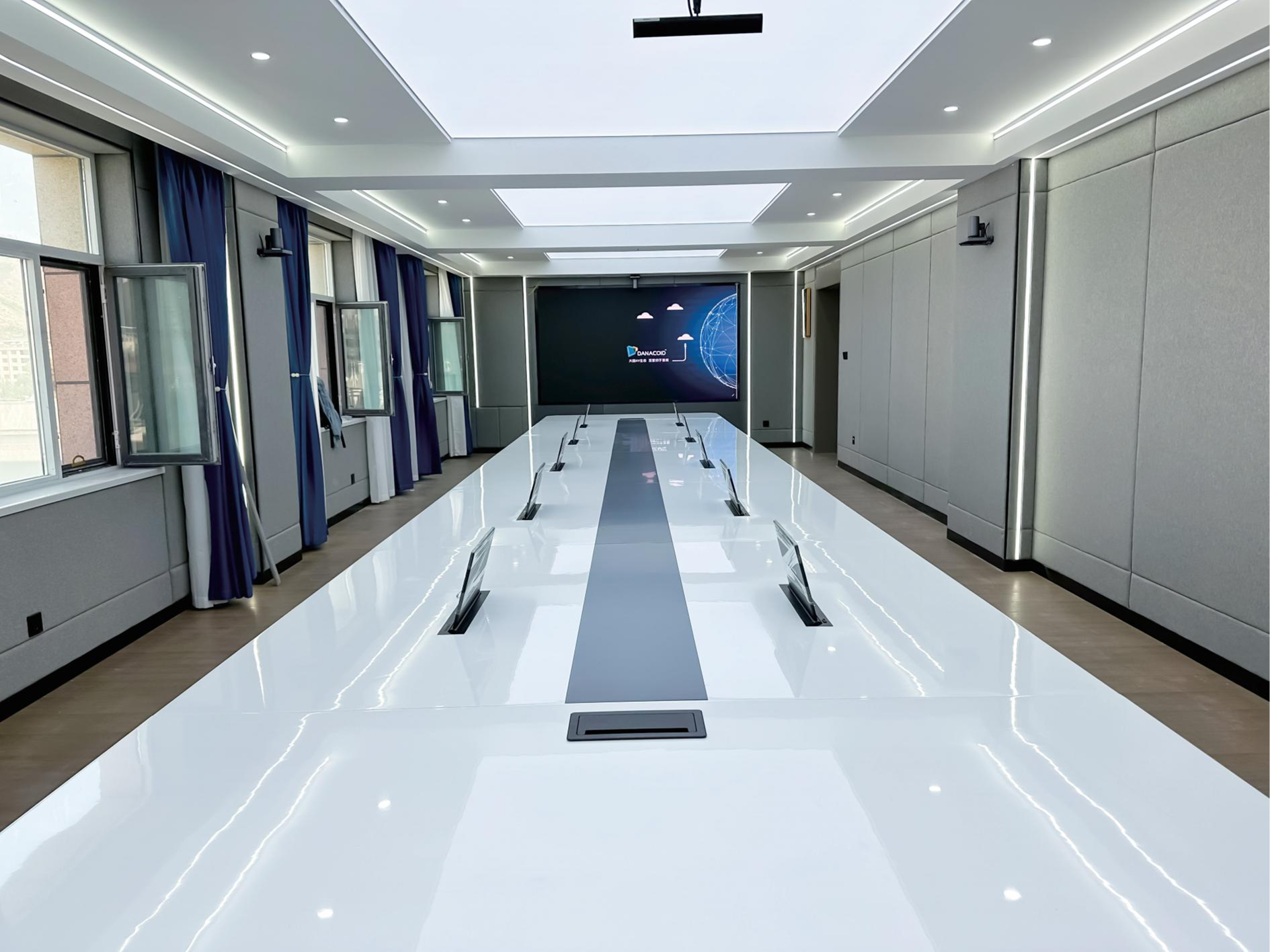A full-color LED display represents one of the most advanced visual technologies in modern digital signage and communication systems. These sophisticated display solutions combine red, green, and blue light-emitting diodes to create vibrant, high-resolution images and videos that captivate audiences across various applications. From massive outdoor billboards to intimate indoor presentations, full-color LED displays have revolutionized how businesses, organizations, and entertainment venues communicate with their target audiences.

The technology behind these displays involves intricate engineering that enables precise color reproduction and exceptional brightness levels. Unlike traditional display technologies, full-color LED displays offer superior visibility in various lighting conditions, making them ideal for both indoor and outdoor installations. The ability to produce millions of colors through the combination of primary LED elements has made these displays indispensable in commercial advertising, sports venues, transportation hubs, and corporate environments.
Understanding the fundamental principles and applications of full-color LED displays is crucial for anyone considering investment in modern visual communication technology. This comprehensive exploration will examine the technical aspects, benefits, applications, and selection criteria that define these remarkable display systems in today's competitive marketplace.
Technical Foundation of Full-Color LED Technology
RGB Color Mixing Principles
The foundation of any full-color LED display lies in the RGB color mixing principle, where red, green, and blue LEDs work together to create the entire visible spectrum. Each pixel consists of these three primary color LEDs, and by varying the intensity of each color component, the display can reproduce virtually any color imaginable. This additive color system allows for precise color calibration and ensures consistent color reproduction across the entire display surface.
The quality of color reproduction depends heavily on the wavelength accuracy of each LED component and the precision of the control circuitry. High-quality displays utilize LEDs with tight wavelength tolerances to ensure color uniformity and prevent color shifts over time. Advanced binning processes during manufacturing help maintain consistent color characteristics across all pixels, resulting in seamless visual experiences without noticeable color variations or dead pixels.
Modern full-color LED displays incorporate sophisticated color management systems that automatically adjust color balance and brightness to maintain optimal visual quality. These systems continuously monitor and compensate for variations in LED performance, ensuring that the display maintains its intended color accuracy throughout its operational lifespan. Temperature compensation algorithms also play a crucial role in maintaining color stability under varying environmental conditions.
Pixel Pitch and Resolution Considerations
Pixel pitch represents the distance between the centers of adjacent pixels and directly influences the resolution and viewing distance characteristics of a full-color LED display. Smaller pixel pitches enable higher resolution displays that can be viewed from closer distances, while larger pixel pitches are more suitable for applications where viewers are positioned farther away. The relationship between pixel pitch, viewing distance, and perceived image quality requires careful consideration during the selection process.
The choice of pixel pitch significantly impacts both the visual performance and cost of the display system. Fine-pitch displays with pixel pitches below 2.5mm offer exceptional detail and clarity for close-viewing applications such as broadcast studios, conference rooms, and retail environments. Conversely, displays with larger pixel pitches ranging from 4mm to 10mm or more are optimal for outdoor advertising, sports stadiums, and large venue applications where viewers are positioned at greater distances.
Resolution calculations for full-color LED displays involve determining the total number of pixels based on the physical dimensions and selected pixel pitch. Higher resolution displays provide greater detail and smoother image reproduction but require more sophisticated control systems and higher bandwidth for content delivery. Understanding these relationships helps ensure optimal display selection for specific application requirements and budget constraints.
Brightness and Visibility Performance
Luminance Specifications and Standards
Brightness measurement in full-color LED displays is typically expressed in nits or candelas per square meter, representing the luminous intensity of the display surface. Outdoor displays commonly achieve brightness levels ranging from 5,000 to 10,000 nits or higher to ensure visibility in direct sunlight conditions. Indoor displays typically operate at lower brightness levels, usually between 500 and 1,500 nits, optimized for comfortable viewing in controlled lighting environments.
The relationship between brightness and power consumption requires careful balance in display design and operation. Higher brightness levels demand increased power consumption and generate more heat, necessitating robust cooling systems and higher operational costs. Advanced full-color LED displays incorporate automatic brightness adjustment systems that monitor ambient light conditions and adjust display brightness accordingly, optimizing both visibility and energy efficiency.
Uniformity of brightness across the entire display surface is equally important as peak brightness levels. Quality displays maintain brightness uniformity within narrow tolerances, typically less than 5% variation across the display area. This consistency ensures professional appearance and prevents distracting brightness variations that could compromise the viewing experience or brand presentation quality.
Contrast Ratio and Color Depth
Contrast ratio defines the difference between the brightest white and darkest black that a full-color LED display can produce, directly impacting image quality and visual impact. High contrast ratios enable displays to reproduce deep blacks and brilliant whites simultaneously, creating more realistic and engaging visual content. Modern LED displays achieve contrast ratios exceeding 5,000:1, significantly surpassing traditional display technologies.
Color depth, measured in bits per color channel, determines the number of distinct colors the display can reproduce. Standard displays typically offer 8-bit color depth per channel, enabling 16.7 million color combinations. Professional-grade displays may provide 10-bit or higher color depth, expanding the color gamut and enabling smoother color gradations for demanding applications such as broadcast production and high-end digital art installations.
The combination of high contrast ratios and extensive color depth enables full-color LED displays to reproduce HDR content with exceptional fidelity. This capability is increasingly important as content creators adopt HDR production standards and audiences expect superior visual quality in commercial and entertainment applications. Advanced displays incorporate HDR processing capabilities that automatically optimize content for optimal visual impact.
Applications and Industry Implementation
Commercial Advertising and Retail
Commercial advertising represents one of the largest application segments for full-color LED displays, where their ability to attract attention and convey dynamic content provides significant marketing advantages. Retailers utilize these displays for storefront advertising, creating eye-catching presentations that draw customers and communicate promotional messages effectively. The flexibility to update content remotely and schedule different messages throughout the day maximizes advertising efficiency and relevance.
Shopping centers and retail environments increasingly incorporate full-color LED displays for wayfinding, advertising, and creating immersive brand experiences. These installations must balance visual impact with architectural integration, requiring careful consideration of size, brightness, and content management systems. Interactive capabilities are becoming increasingly popular, allowing customers to engage directly with displayed content through touch interfaces or mobile device integration.
The return on investment for commercial LED display installations often justifies the initial capital expenditure through increased customer engagement, improved brand recognition, and enhanced advertising revenue opportunities. Digital displays enable advertisers to target specific demographics and time periods while providing measurable engagement metrics that traditional static signage cannot offer. This data-driven approach to advertising continues to drive adoption across various retail and commercial sectors.
Entertainment and Sports Venues
Sports stadiums and entertainment venues represent another major application area where full-color LED displays enhance spectator experiences and provide revenue generation opportunities. Large-scale displays serve multiple functions including live event broadcasting, instant replay presentation, sponsor advertising, and crowd engagement activities. The ability to display high-resolution video content synchronized with live events creates immersive experiences that enhance overall venue appeal.
Concert venues and theaters increasingly incorporate LED displays as part of stage design and backdrop systems, providing dynamic visual elements that complement live performances. The lightweight nature of modern LED panels enables complex installations and creative configurations that would be impossible with traditional display technologies. Color accuracy and high refresh rates are critical for these applications to ensure seamless integration with stage lighting and camera systems.
Broadcasting compatibility requirements for entertainment venues demand displays with specific technical characteristics including high refresh rates, color temperature consistency, and flicker-free operation. These specifications ensure that televised events maintain professional visual quality while the live audience enjoys optimal viewing experiences. Advanced displays incorporate broadcast-specific features that automatically adjust parameters when camera systems are detected.
Selection Criteria and Technical Considerations
Environmental Requirements and Durability
Environmental considerations play a crucial role in full-color LED display selection, particularly for outdoor installations that must withstand extreme weather conditions, temperature variations, and UV exposure. Weatherproof ratings such as IP65 or higher ensure protection against moisture, dust, and other environmental contaminants that could compromise display performance or longevity. Quality displays incorporate robust sealing systems and materials specifically designed for harsh outdoor environments.
Temperature management becomes increasingly important as display sizes and brightness levels increase, requiring sophisticated thermal management systems to maintain optimal operating conditions. Passive cooling through heat sinks and airflow optimization is often supplemented with active cooling systems for high-performance installations. Thermal monitoring and protection systems prevent overheating and extend component lifespan while maintaining consistent performance characteristics.
Structural considerations including wind loading, seismic requirements, and mounting system design must be evaluated during the planning phase for large outdoor displays. Professional installation requires structural engineering analysis to ensure safe and compliant installations that meet local building codes and safety standards. The modular nature of LED display systems provides flexibility in addressing structural requirements while enabling future expansion or reconfiguration.
Control Systems and Content Management
Sophisticated control systems enable full-color LED displays to receive, process, and display content from various sources while maintaining optimal image quality and system reliability. Modern controllers support multiple input formats including HDMI, DVI, fiber optic, and network-based content delivery systems. Scalability requirements must be considered to accommodate future expansion or integration with additional display zones or interactive elements.
Content management software provides the interface between users and display systems, enabling content scheduling, remote monitoring, and system diagnostics. Cloud-based management platforms offer enhanced flexibility and accessibility, allowing operators to manage multiple displays from centralized locations while providing real-time performance monitoring and maintenance alerts. Integration with existing IT infrastructure and security protocols ensures seamless operation within corporate or institutional environments.
Network infrastructure requirements for full-color LED displays include sufficient bandwidth for high-resolution content delivery and reliable connectivity for remote management functions. Redundant network connections and local content storage capabilities provide backup systems that ensure continuous operation even during network disruptions. Security features including encrypted communications and access controls protect against unauthorized content changes or system manipulation.
Maintenance and Operational Considerations
Preventive Maintenance Strategies
Preventive maintenance programs are essential for maximizing the lifespan and performance of full-color LED displays while minimizing unexpected failures and costly emergency repairs. Regular cleaning schedules remove accumulated dirt, dust, and environmental contaminants that can reduce brightness and image quality over time. Professional cleaning techniques and approved cleaning solutions prevent damage to LED surfaces and protective coatings while maintaining optimal light transmission.
Systematic inspections of electrical connections, cooling systems, and structural components identify potential issues before they result in display failures or safety hazards. Thermal imaging surveys can detect developing hot spots or component stress that may indicate impending failures. Documentation of maintenance activities and component performance trends enables predictive maintenance strategies that optimize operational costs and minimize downtime.
Software updates and system calibration procedures ensure that full-color LED displays maintain optimal performance characteristics throughout their operational lifespan. Regular color calibration compensates for normal LED aging and maintains consistent color reproduction across the display surface. Firmware updates provide access to enhanced features and security improvements while addressing any identified performance issues or compatibility concerns.
Power Consumption and Energy Efficiency
Power consumption represents a significant operational cost factor for large full-color LED displays, making energy efficiency an important selection and operational consideration. Modern displays incorporate power management features that automatically adjust brightness based on ambient light conditions and content characteristics, reducing energy consumption during periods of reduced visibility requirements. Sleep modes and scheduling systems further optimize power usage by reducing consumption during non-operational hours.
Energy efficiency calculations must consider both direct power consumption and associated cooling requirements, as higher power displays generate more heat and require additional HVAC capacity. LED technology advantages include high luminous efficiency compared to alternative display technologies, but total system efficiency depends on power supply design, control circuitry, and cooling system requirements. Detailed power consumption analysis enables accurate operational cost projections and infrastructure planning.
Renewable energy integration opportunities are increasingly being explored for large LED display installations, particularly in locations with favorable solar or wind resources. Battery backup systems provide continuity during power outages while enabling participation in demand response programs that can reduce operational costs. Smart grid integration capabilities allow displays to automatically adjust power consumption based on utility rate structures and grid conditions.
FAQ
What factors determine the optimal viewing distance for a full-color LED display?
The optimal viewing distance for a full-color LED display depends primarily on the pixel pitch, with the general rule being that the minimum viewing distance in feet equals the pixel pitch in millimeters. For example, a 4mm pixel pitch display has a minimum viewing distance of approximately 4 feet, while optimal viewing occurs at distances 2-3 times greater. Content type, ambient lighting conditions, and viewer expectations also influence optimal positioning for different applications.
How long do full-color LED displays typically last before requiring replacement?
Quality full-color LED displays typically provide 50,000 to 100,000 hours of operation before reaching 50% of their original brightness, translating to 10-20 years of normal use depending on operating conditions and usage patterns. Environmental factors such as temperature, humidity, and UV exposure can affect lifespan, while proper maintenance and operation within manufacturer specifications maximize longevity. Individual LED modules can often be replaced as needed, extending overall system life beyond the initial component ratings.
What are the main differences between indoor and outdoor LED display requirements?
Outdoor full-color LED displays require significantly higher brightness levels (5,000+ nits vs 500-1,500 nits for indoor), weatherproof construction with IP65 or higher ratings, UV-resistant materials, and robust thermal management systems. Indoor displays prioritize color accuracy, lower power consumption, and integration with existing architectural elements. Outdoor displays also require stronger structural support systems and may need additional permits and regulatory compliance compared to indoor installations.
Can full-color LED displays be integrated with existing audiovisual systems?
Modern full-color LED displays offer extensive integration capabilities with existing AV systems through multiple input options including HDMI, DVI, DisplayPort, and network-based protocols. Professional displays support industry-standard control protocols such as DMX, Ethernet, and RS-232, enabling integration with lighting controllers, automation systems, and content management platforms. Compatibility with popular presentation systems, video switchers, and broadcast equipment makes LED displays suitable for retrofit applications in existing facilities.
Table of Contents
- Technical Foundation of Full-Color LED Technology
- Brightness and Visibility Performance
- Applications and Industry Implementation
- Selection Criteria and Technical Considerations
- Maintenance and Operational Considerations
-
FAQ
- What factors determine the optimal viewing distance for a full-color LED display?
- How long do full-color LED displays typically last before requiring replacement?
- What are the main differences between indoor and outdoor LED display requirements?
- Can full-color LED displays be integrated with existing audiovisual systems?









